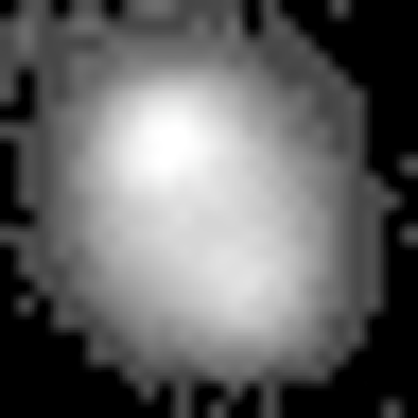Geoscience Reference
In-Depth Information
the pulsed reconnection at the day-side magnetopause suggested by Bunce
et al
.
9
) or in the solar wind.
2.
XMM-Newton
Observations: Lightcurves
XMM-Newton
observed Jupiter twice in 2003: between April 28, 16:00 and
April 29, 22:00 UT (for a total observing time of 110 ks
10
), and between
November 25, 23:00 and November 29, 12:00 UT (245 ks,
11
,
12
see Fig. 2).
Lightcurves from the November observation, shown in Fig. 3, resemble very
closely those obtained the previous April.
10
In the following we focus on the
XMM-Newton
November observation and make comparison, where appro-
priate, with the one in April, which is already published.
10
Exclusion of data affected by high background at the end of both space-
craft orbits (top panel in Fig. 3,
>
10 keV energy) leaves 210 ks of good qual-
ity data for analysis. The planet's 10 h rotation period is clearly seen in the
Fig. 2. Smoothed
XMM-Newton
EPIC image of Jupiter (0.2-2.0 keV; 2.9
pixels),
obtained by integrating the X-ray emission detected over the whole November 2003 obser-
vation. The bright auroral emissions at the planet's poles, as well as the low-latitude disk
emission, are clearly visible. A graticule showing Jupiter orientation with 30
o
intervals
in latitude and longitude is overlaid. The circular mark indicates the sub-solar point;
the sub-Earth point is at the center of the graticule. The scale bar is in units of EPIC
counts.













